Intro (by Soom)
We’ve fielded lots of questions from the Soom community about how to cook dried beans, especially when it comes to making killer hummus! So we teamed up with our friends at Primary Beans - founded by bean queens (and sisters!) Lesley and Renee. The holy union of creamy beans and silky-smooth tahini transforms bean and grain bowls, hummus, salads, and everything in between. That's why it's so important to have the basics down on how to cook beans. It all starts with quality ingredients, sourced by passionate businesses like ours, and a handful of tips.

Six tips for effortlessly satisfying beans
By Primary Beans
Behind every delicious pot of beans is a quality bag of dried beans and a few simple tips. We’ve got it all laid out for you in our Bean cooking guide. This section on our site is a community favorite for a couple of reasons: we’ve narrowed the process to highlight the only steps you need to know (it doesn’t require as much time and effort as you might think!), and we’ve gone through two whole iterations since our launch, collecting valuable feedback and takeaways from our community at home. Below are our most important tips– that if taken into consideration with our guide– give you effortlessly satisfying beans every time.
But first, a quick note about dried vs canned beans. We’re not here to tell you to never use canned beans again– after all, they’re an ultra-convenient source of plant protein– but we could spend all day talking about all the reasons to love dried beans!
- They have tender skins, interesting textures, and complex flavors.
- There are so many varieties to choose from.
- You get the bonus of a pot full of magical bean broth.
- They soak up liquid as they cook– which means any aromatics, herbs, and spices you add will infuse your beans.
And now, our six tips for effortlessly satisfying beans at home.

For the most flavorful beans, start with beans that were harvested within 1 year, or 2 at most. As beans sit, they lose moisture and flavor, so old beans will take longer to cook and won’t taste as flavorful. They may even stay tough no matter how long they cook! Primary Beans includes harvest timing on every bag, arming home cooks with the information they need to make a perfect batch.
Another benefit of making beans from scratch is that you control the salt level! At Primary Beans, we found that 1-1⁄2 tsp of coarse salt per pound of beans is the perfect amount to bring out the beans' full flavor without being too salty. Add salt to the cooking water at the onset, despite what you may have heard otherwise. Conventional wisdom dictating that salt draws moisture from and hardens beans is simply not true. If you don’t salt early you risk ending up with salty broth and under-seasoned beans.
Adding flavor through combinations of vegetables, herbs, spices, and fat gives you a pot of brothy beans that can stand on its own. Take inspiration from the cuisine you’d like to evoke! For example, an Italian-inspired pot of beans could feature a glug of olive oil, fresh sage leaves, garlic, and a Parmesan rind. For a Mexican-inspired pot of beans, try adding some lard, fresh or dried chile, cilantro stems, and onion. We provide a table of flavoring ideas in our cooking guide, but feel free to use what you have on hand. Keep vegetable chunks large, garlic cloves whole, and herbs tied together so that you can easily remove them once the beans are done cooking.
The Primary Beans way! Electric pressure cookers (e.g., the Instant Pot) may have been one of the best things to happen to dried beans. They bring the cooking time down by aboutone-third compared to the stovetop. Plus, the sauté mode is particularly handy– you can finish your beans with a simmer to thicken the broth.
Beans are a blank canvas with endless options. You can plate your beans as they are, and optional garnishes balance flavors and textures and create a feast for the eyes. Try fresh herbs, tahini sauce (we love Soom’s best basic tahini sauce), lemon zest and juice, hot sauce, grated or crumbled cheese, pesto, or anything else that feels instinctive.
You can also use your beans in tons of recipes, from marinated salads, soups and curries, sandwiches and tartines, and tacos and burritos, to name a few. If you’re looking for inspiration, we feature a host of recipes on our site to improve or impress. Beans are also great stand-ins for meat in certain recipes: simmered in curries, as a filling in tacos, or tossed in a salad. We feature a host of recipes on our site to improvise or impress.
At Primary Beans, we view home cooking as an act of mindful living - a chance to connect with yourself, those around you, and the planet. And dried beans are the perfect food! Beans are nutritious, good for the planet, easy to cook, and extremely delicious. Packed with protein, fiber, and key nutrients, beans keep you fuller longer, and make simple, everyday meals feel deeply nourishing and effortlessly satisfying.



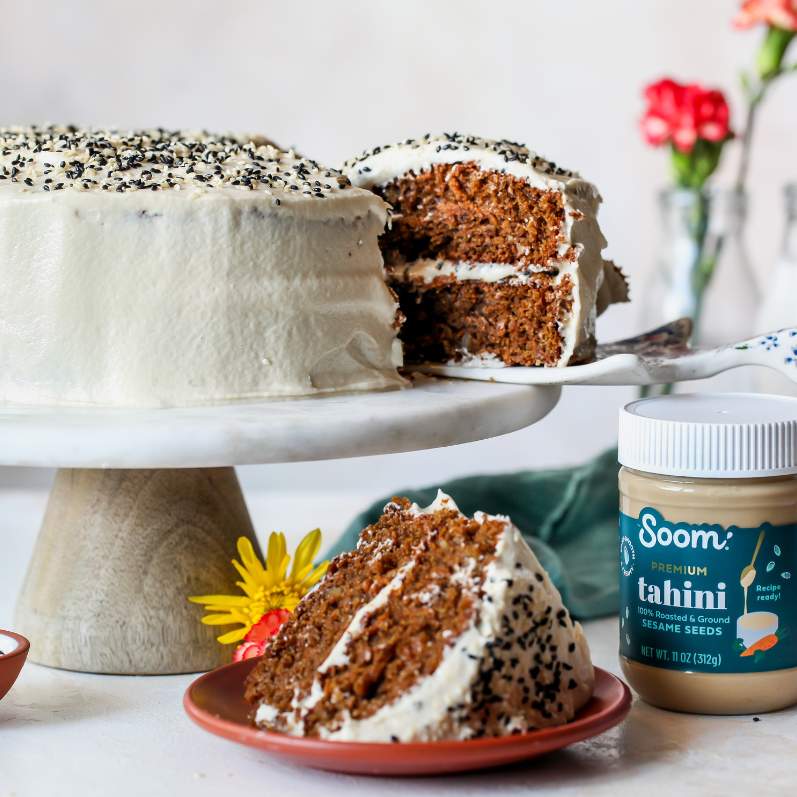
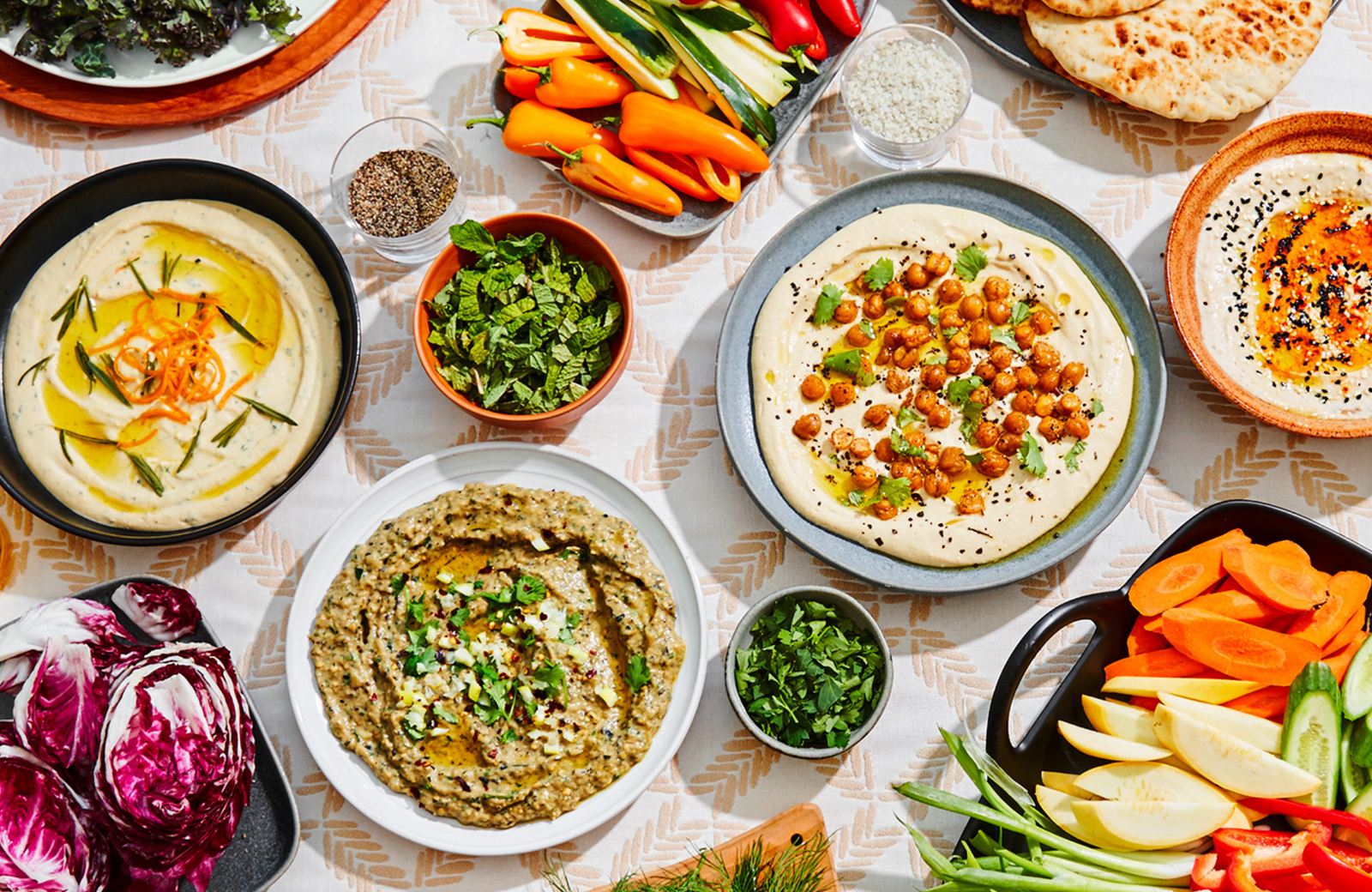
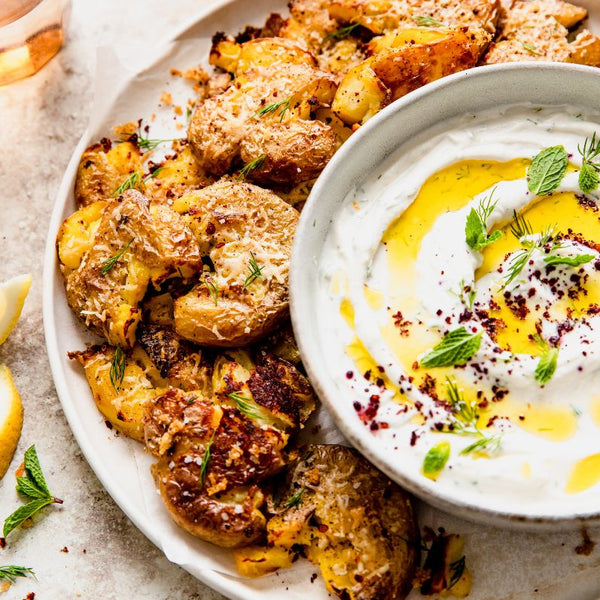

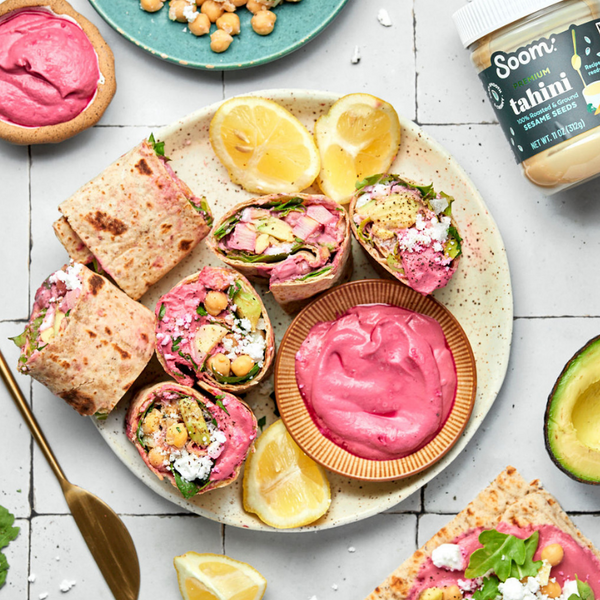
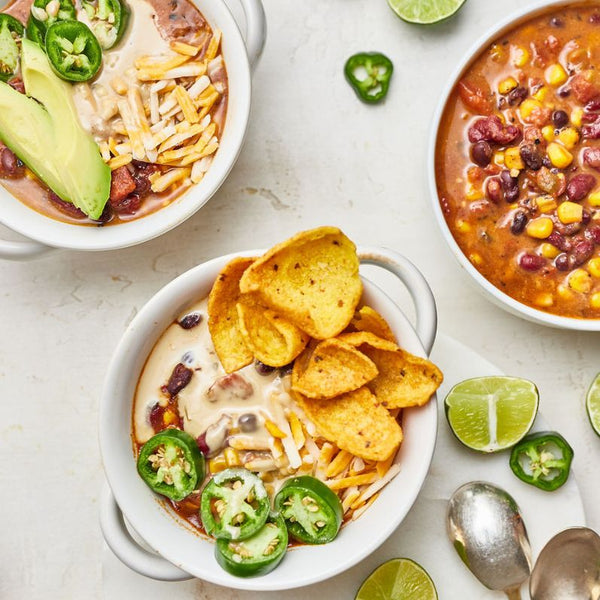
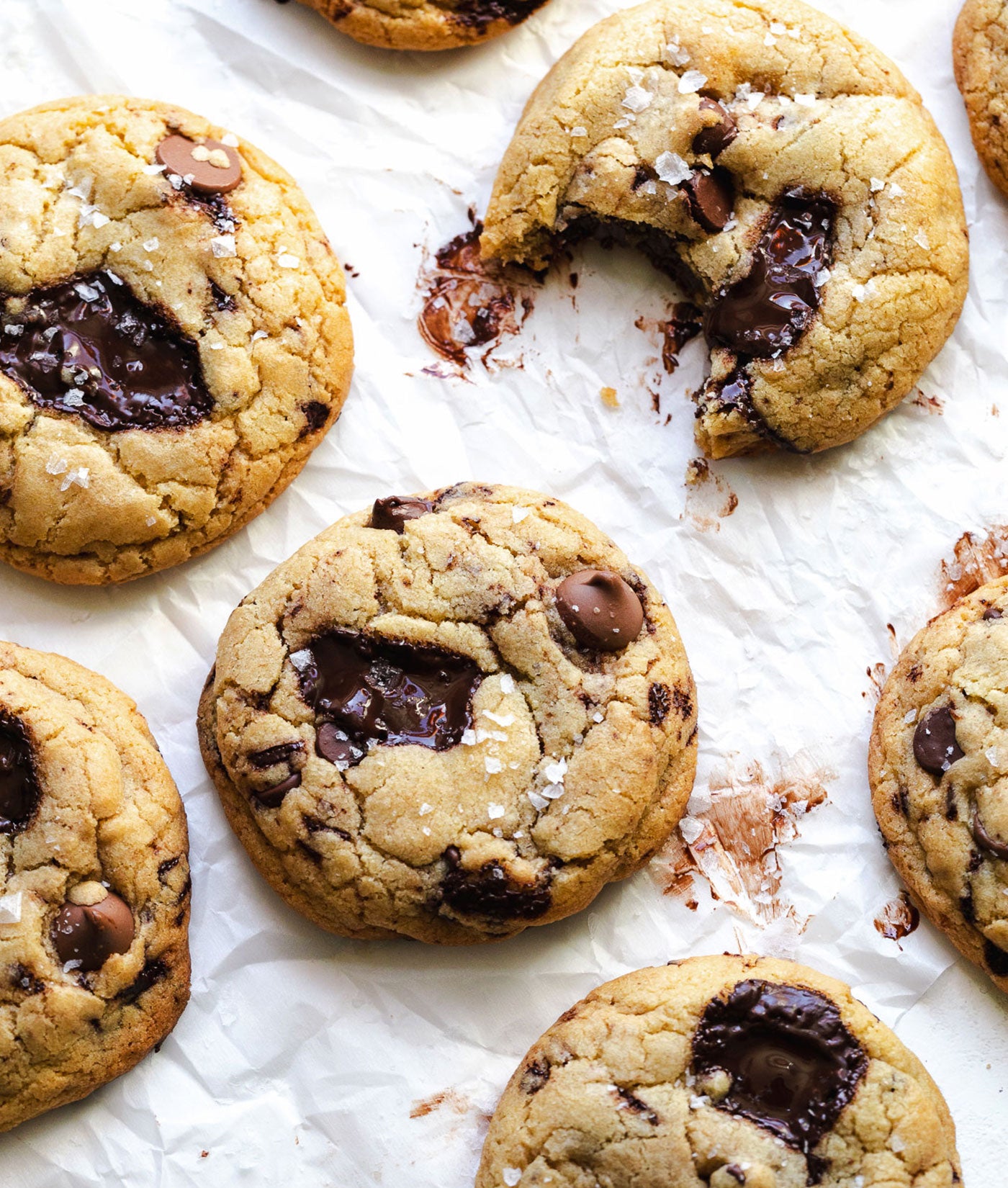





Leave a comment (all fields required)